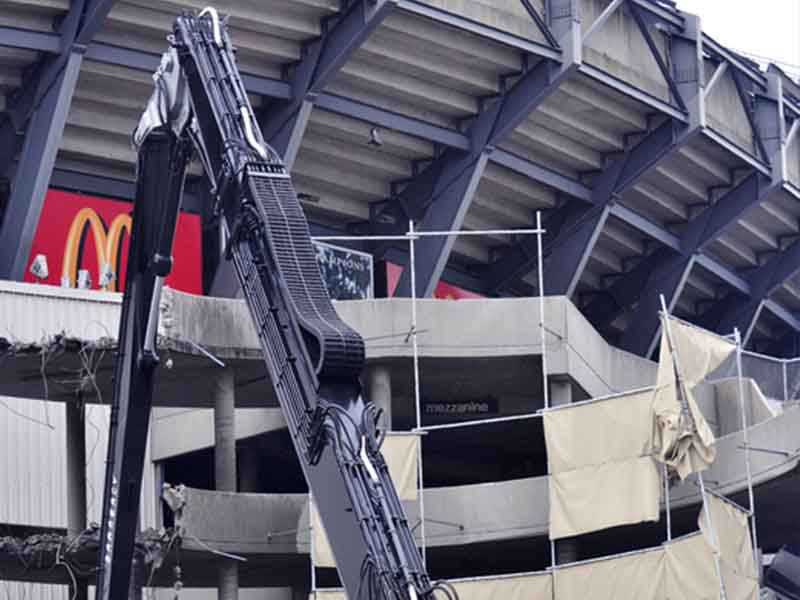The disappearance of Jimmy Hoffa, the infamous labor union leader, has been the subject of countless conspiracy theories, books, and even movies. For years, one of the most persistent rumors was that Hoffa’s body was buried beneath the end zone of Giants Stadium in East Rutherford, New Jersey. However, when the stadium was demolished in 2010 and no evidence of Hoffa was found, many were left wondering: if he’s not there, where in New Jersey could he be?
Below, we explore some intriguing possibilities of where the mafia could have hid his body. New Jersey offers plenty of other opportunities.
This vast forest area is one of the most remote and least populated regions in New Jersey. Known for its rich folklore, including tales of the legendary Jersey Devil, the Pine Barrens have long been rumored to be a dumping ground for bodies. Its dense woods and secluded landscape make it a plausible location for hiding something—or someone.
In the 1970s, Newark was a maze of industrial facilities and abandoned buildings. It was also a hub for organized crime activities, and Hoffa had known connections to the mob. The secluded industrial zones of Newark could provide a likely resting place, far from prying eyes and law enforcement.
New Jersey’s extensive coastline along the Atlantic Ocean offers another possibility. Bodies have been known to be weighted down and dropped into the sea as a means of disposal. While this might make it nearly impossible to ever recover Hoffa’s remains, it’s a theory that has been floated more than once.
New Jersey has several old mines, long since abandoned but not forgotten. These underground networks provide a chilling but plausible location for Hoffa’s final resting place. Their deep tunnels and isolated locations would make discovery incredibly unlikely.
Infrastructure projects were booming around the time of Hoffa’s disappearance, including many in New Jersey. There have been theories suggesting that Hoffa could have been buried quickly and quietly in the dead of night under a then-newly constructed highway overpass, subsequently covered over by tons of concrete and asphalt.
The mystery surrounding Jimmy Hoffa’s disappearance is likely to continue fueling speculation and urban legends for years to come. Although Giants Stadium has been ruled out as his final resting place, the possibilities are almost as endless as the Garden State itself. Whether Hoffa is ever found or not, the myths surrounding his disappearance are bound to remain a part of New Jersey’s colorful cultural tapestry.

